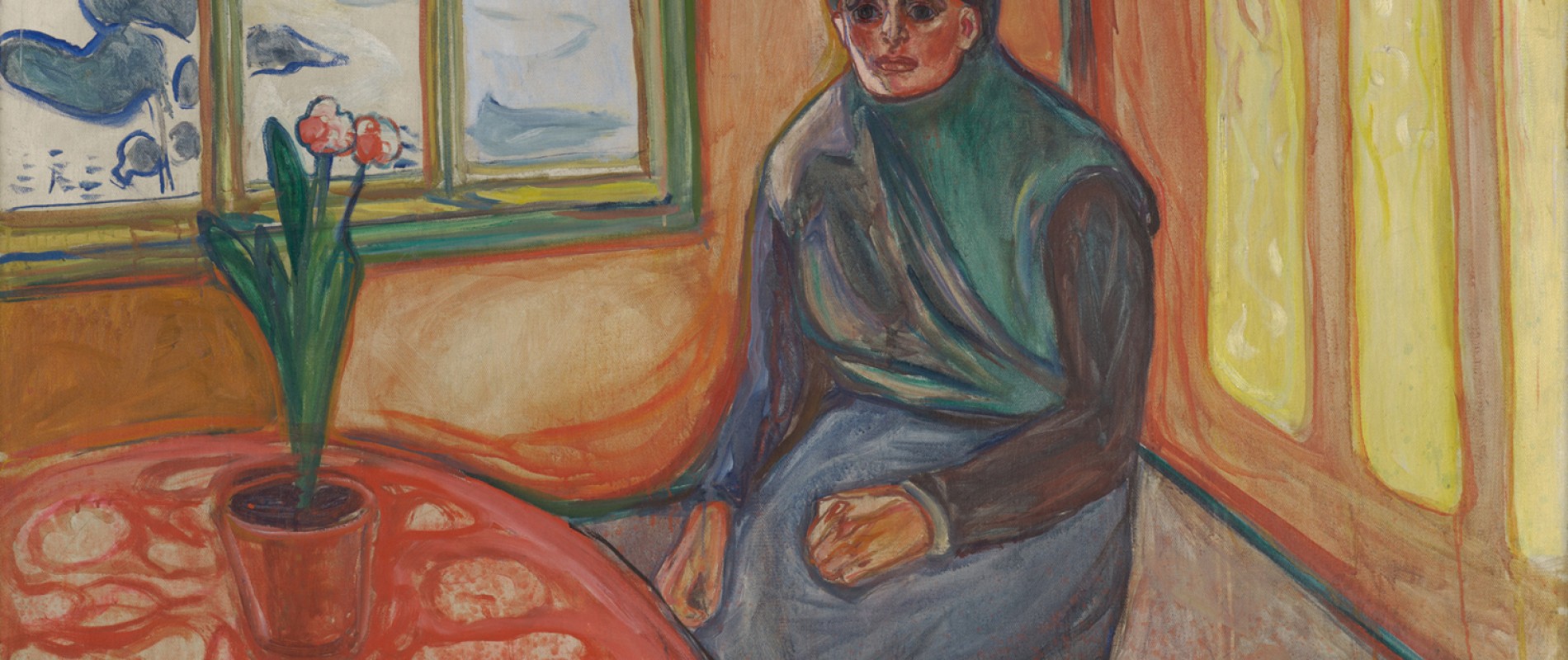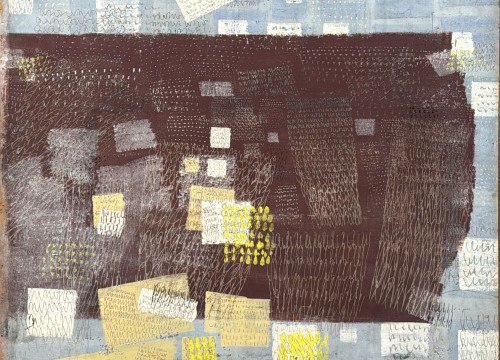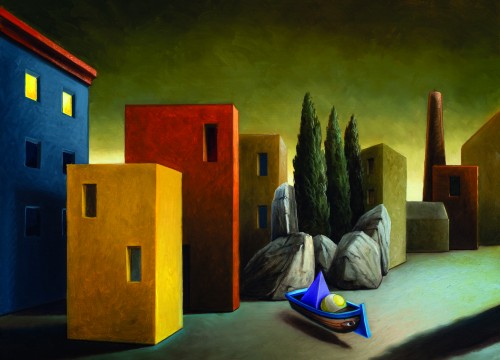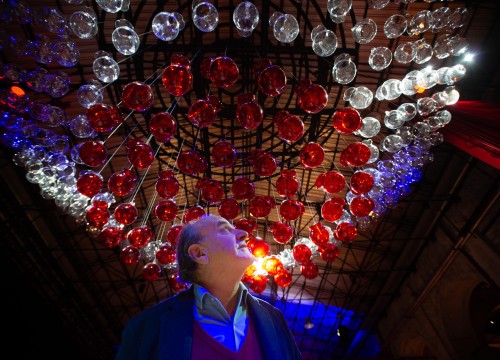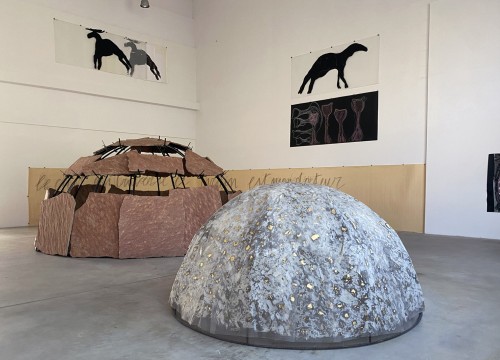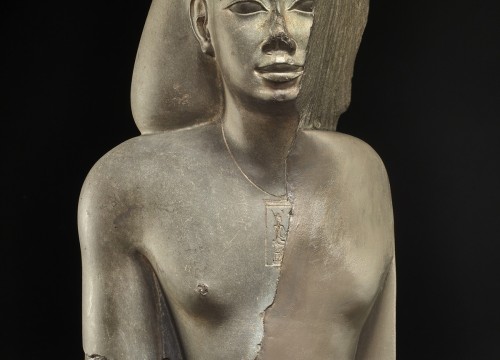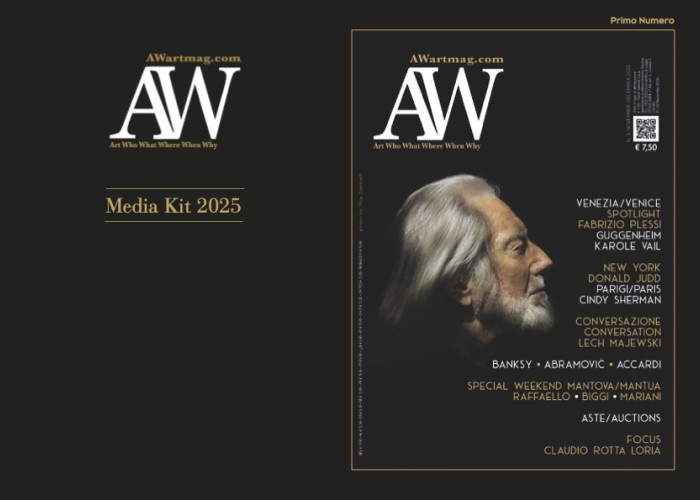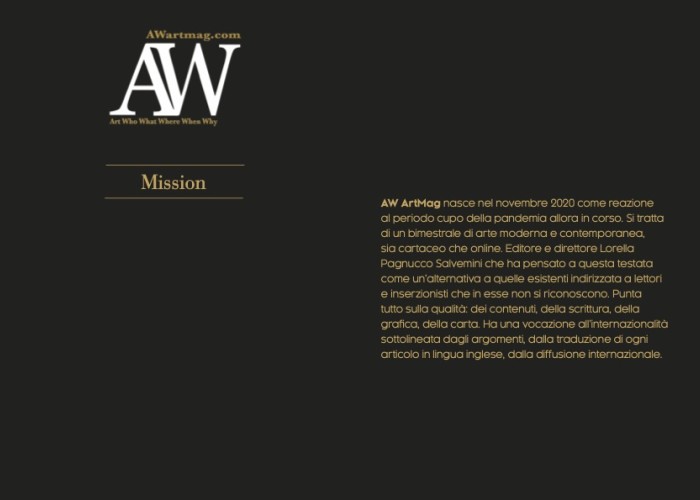Over 100 artworks remind the Norwegian painter, 80 years after his death
Palazzo Reale hosts until January 25th, 2025, on the occasion of the eightieth anniversary of the death, a great anthology (one hundred works including paintings, drawings and prints) by Edvard Munch, entitled “Il grido interiore” curated by Patricia Berman.
Among the major interpreters of the symbolist period of the 80s and 90s of the nineteenth century, the artist is still capable of causing deep dismay.
Born in Loten in 1863, he was a victim, since an early age, of a series of serious family deaths, including the death of his mother from tuberculosis and one of her three sisters, perhaps the most beloved. The depression that later hits the father and the suspicion of being himself affected by genetic defects, will help to outline his painful worldview: the individual is represented as intimately fragile and exposed to an implacable fate with which he cannot hope to come to terms.
To him, the human being is intimately fragile and exposed to an implacable fate against which he can do nothing
The tumultuous water of a river that often serves as a backdrop to the stralunate expression of the characters in his paintings - who, standing on a bridge with their eyes barred, stare at the viewer (as in The Scream) - reflect with exceptional vigor the human condition according to Munch: man is irremediably alone in the presence of a great but implacable cruel nature, who obeys only its laws, regardless of the sufferings of the individual.
We think of Despair of 1894, in which two figures elegantly dressed in black are shot from behind, to underline the impossibility of a real communication, while they move away from a man, portrayed in the foreground with his head tilted and resigned expression, almost crushed by a flaming sunset that overlooks him.
In childhood, the death FROM TUBERCULOSIS of his mother and a beloved sister, his father depression will mark his painful vision of the world
There is no joy even in youth, as one can see in the three girls portrayed with their backs turned in The Girls on the Bridge dated 1927 who, leaning against a wooden parapet, observe the river in front of them and below them, in the disturbing fixity of a bucolic landscape.
The colour explosion and subjects always communicate a deep sense of alienation, as if Munch was both terrified and irresistibly attracted to death.
And here is the mocking skeleton (Death at the helm, 1893) that leads a boat with an old fisherman on board, powerless, succubus to his own fate.
It is as if Munch was both terrified and irresistibly attracted to death
He was struck by a nervous illness in 1908, and he was able to find and maintain a balance that would enable him to produce a remarkable artistic production until his death in 1944.
Despite the scandal caused by the themes treated at the beginning, he will also receive the trust of important public commissions, such as the cycle painting made for the University of Oslo.
In Munch, life and artwork are welded together with an intimate coherence that is rarely seen.

